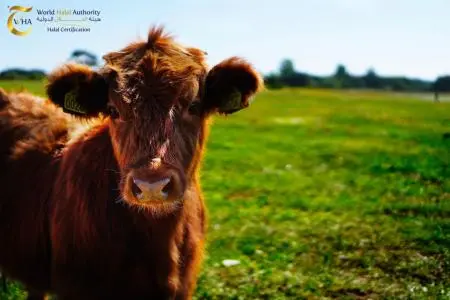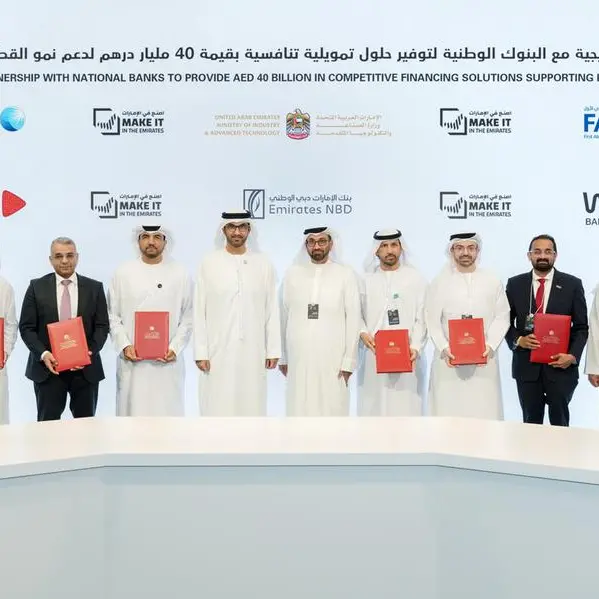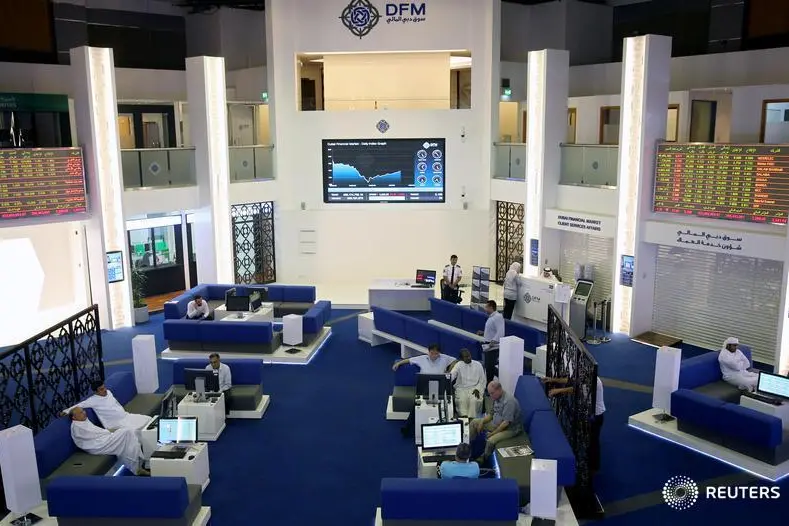PHOTO
The rapid expansion of the population of Muslims around the globe has resulted in an exponential increase in the demand for Halal certified products. According to a report published as part of Salaam Gateway’s Monthly Report Series, the value of the global food certification industry in 2015 was estimated to be worth in excess of $12.5 billion, with Muslims spending in excess of $1.2 trillion on food and drinks alone (Salaam Gateway, 2016). Other sources have projected the value of the global Halal market to continue to grow due to the continued expansion in the global Muslim population (Sungkar, 2008). These figures present the Halal market as a force to reckon with, despite the fact that a lot of work is still needed in unifying Halal certification processes and standards. For instance, when it comes to Halal meat certification, the majority of Halal certification procedures and standards lay emphasis only on the slaughter process, with little or no attention paid to how animals are reared and transported to the abattoir. The objective of this article is to highlight the significance of farm to fork Halal certification and how this may be achieved by Halal certification bodies.
The rationale for a farm to fork Halal certification scheme is to ensure strict compliance with the Halal-Tayyib concept, animal welfare, and to a greater extent, compliance with other tenets of Shariah, e.g. the concept of Khilafah (stewardship of nature). These aspects of Halal meat production have been completely ignored by Halal certification bodies. It must be reiterated that lapses in on-farm practices can result in widespread of diseases and significant animal welfare breaches and can even lead to the death of animals in the worse cases. For instance, during the catching of birds for transport, some birds may suffer trauma due to rough catching and handling, this can subsequently lead to death on arrival (DoA) at the abattoir, poor catching and handling of poultry can be mitigated with robust Halal standards. It is worth reiterating that the supply of animals from farms with poor animal welfare practices is not in the spirit of the requirements of Shariah, efforts must therefore be made to raise animal welfare standard on farms. One solution to improving animal welfare standards and producing animals fit for the Halal market would be through the introduction of robust Halal farm to fork certification schemes that will encompass animal welfare, environmental sustainability, feeding animals with wholesome (Tayyib) feeds and humane handling and movement of animals from farms to abattoirs. For instance, Halal certification standards could make it mandatory for farms supplying to Halal abattoirs to use feeds that are free from animal derivatives, this will ensure that animals are largely fed on grass or grains. Interestingly, there is some scientific evidence to suggest that animals fed mainly on grass produce a more pronounced flavour, particularly in the liver, and less fatty flavour (Prioli et al., 2002). Islamic jurists could further play a pivotal role in Halal farm to fork certification by issuing Fatwas on the acceptability of husbandry procedures such as: castration, debeaking, disbudding, removal of animals from farm (e.g. acceptable catching methods of poultry), transit times from farm to abattoir or livestock markets, feeding, acceptable medication and withdrawal periods and environmental resource management.
The implementation of a robust farm to fork Halal certification will involve the collaboration of all stakeholders; farmers, abattoir operators and Halal certification bodies. Halal auditors and Islamic jurists would play a vital role in the implementation of the scheme, therefore, auditors would need to be agricultural scientists or should be willing to undergo some form of training to familiarise themselves with the nuances of on-farm procedures in order to enable them have a good appreciation of the process flow.
Dr Awal Fuseini, Halal Sector Manager at AHDB commented: “A holistic approach to Halal certification will undoubtedly add value to the sector and will go a long way to improving consumer perception about Halal certified products.”
As a guide, a farm to fork Halal standard should incorporate the following stages:
On-farm audits- This aspect of Halal audits should take the following into consideration: feeding, medication, husbandry procedures (e.g. castration) and environmental resource management (e.g. better use of water resources).
Transport audits- This aspect should consider the method of removing animals from farms, condition of vehicles, approved vehicles, distance from farm to abattoirs or livestock markets, and stocking densities based on prevailing climatic conditions.
Slaughter audits- As highlighted earlier, many Halal audits already include the aspect of slaughter. As a guide, slaughter audits should include: inspection of the lairage, restraint systems, neck cutting, knife sharpening, recitation of the tasmiyyah and bleeding time.
Food safety audits-Food safety audits should focus on HACCP; temperature controls, control of physical, biological and chemical hazards must be the focus of this aspect of Halal audits. Halal certifiers should strive to align their standards with internationally accepted food safety standards e.g. BRC and ISO22000.
Processor or retail audits-Retailers and restaurant operators should be encouraged to take up Halal certification. This ensures that there is proper segregation to prevent the potential contamination of Halal products with non-Halal materials.
Considering the issues raised above, one may argue that the significance of a Halal farm to fork certification scheme cannot be underestimated. Aside from the fact that it is likely to improve animal welfare, food safety and promote environmental sustainability, Halal farm to fork certification schemes would increase consumer confidence in Halal certified products through the adoption of a holistic approach to Halal certification. To this end, World Halal Authority (WHA) is working on the practical implementation of a Halal farm to fork certification scheme. WHA is in position to collaborate with farmers’ unions, abattoir operators and key stakeholder across the EU meat industry. In the UK for instance, organisations such as the National Farmers Union (NFU), National Sheep Association (NSA) and the Agriculture and Horticulture Development Board (AHDB) will be consulted as part of the formulation and implementation of the scheme.
“We highly value our collaboration and engagement with halal stakeholders and we encourage them to work with us to achieve practical and consistent solutions to develop and implement the scheme”, said Dr Mohamed Elkafrawy, CEO of WHA.
Visit www.wha-halal.org to know more about WHA and its offerings.
© Press Release 2020
Disclaimer: The contents of this press release was provided from an external third party provider. This website is not responsible for, and does not control, such external content. This content is provided on an “as is” and “as available” basis and has not been edited in any way. Neither this website nor our affiliates guarantee the accuracy of or endorse the views or opinions expressed in this press release.
The press release is provided for informational purposes only. The content does not provide tax, legal or investment advice or opinion regarding the suitability, value or profitability of any particular security, portfolio or investment strategy. Neither this website nor our affiliates shall be liable for any errors or inaccuracies in the content, or for any actions taken by you in reliance thereon. You expressly agree that your use of the information within this article is at your sole risk.
To the fullest extent permitted by applicable law, this website, its parent company, its subsidiaries, its affiliates and the respective shareholders, directors, officers, employees, agents, advertisers, content providers and licensors will not be liable (jointly or severally) to you for any direct, indirect, consequential, special, incidental, punitive or exemplary damages, including without limitation, lost profits, lost savings and lost revenues, whether in negligence, tort, contract or any other theory of liability, even if the parties have been advised of the possibility or could have foreseen any such damages.




















